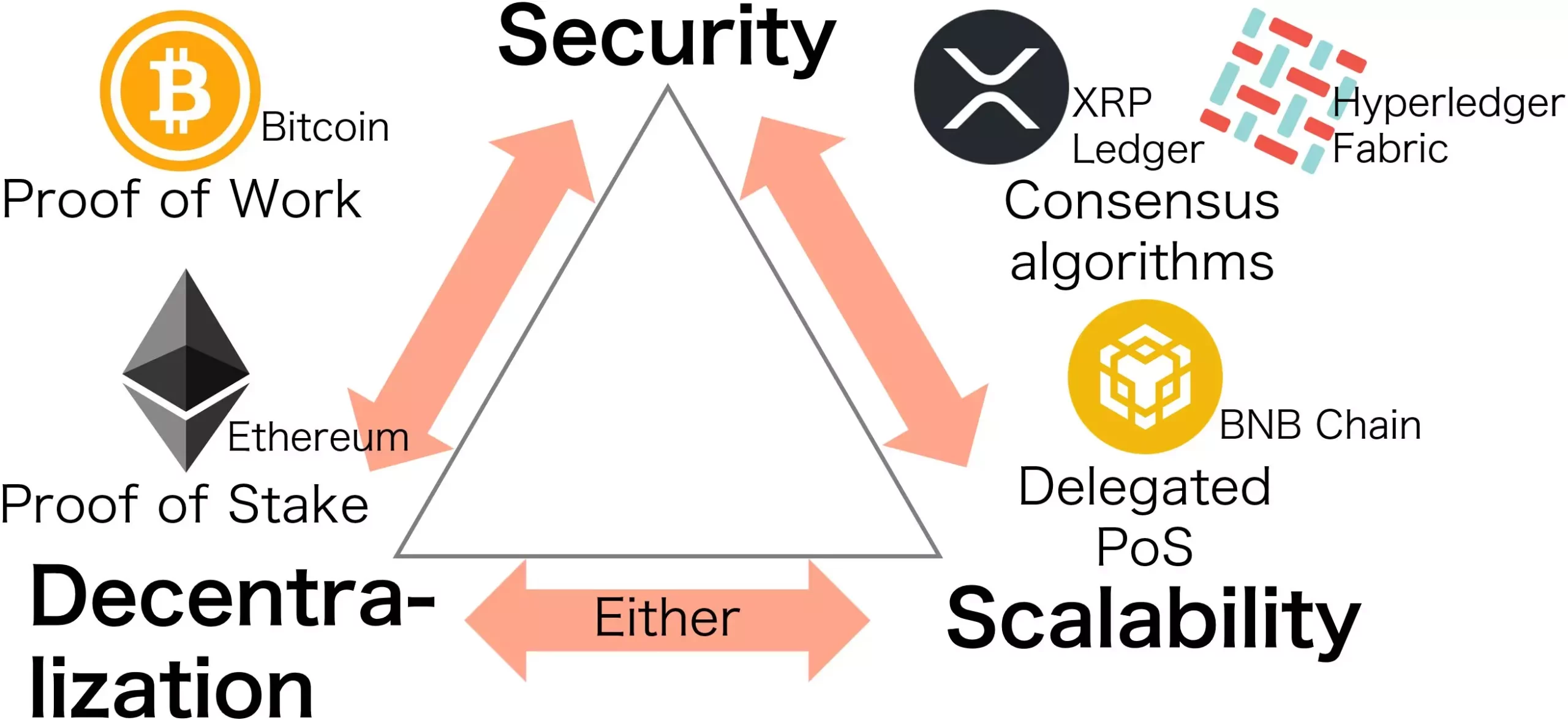In the ever-evolving world of blockchain technology, the idea that scalability, security, and decentralization are mutually exclusive reigns supreme. This widely accepted notion suggests that it is nearly impossible to optimize all three aspects simultaneously without sacrificing at least one. However, as technology matures, new insights emerge that challenge traditional beliefs. A groundbreaking mathematical expression developed by researchers at Kyoto University sheds light on this blockchain trilemma and opens the door for innovative solutions that may balance these crucial elements more effectively.
Revolutionizing Blockchain Understanding
Led by Kazuyuki Shudo, the research team delved into the complexities of Proof of Work-based blockchains, including Bitcoin. Their mathematical formula encapsulates the essence of the trilemma, asserting that the product of scalability, security, and decentralization is constant—equated to one. This finding is like a key that unlocks further exploration into optimizing blockchain systems without sacrificing any of the three critical components. Shudo highlights two practical strategies: reducing block sizes and enhancing the speed at which blocks are transmitted. These improvements could potentially elevate the efficiency of blockchain networks.
Redefining Scalability in Blockchain Systems
An underlying implication of the new formula is that various existing methods for enhancing scalability may not only coexist with security and decentralization but can be fine-tuned for better outcomes. For instance, Bitcoin’s Compact Block Relay provides an elegant solution, streamlining transaction sizes without compromising the network’s overall integrity. This kind of innovation signals that there is indeed room for growth within the constraints of the trilemma, challenging developers to think outside the box in their quest for scalable blockchain solutions.
Insights from Previous Research
The Kyoto University researchers previously investigated a formula representing blockchain security through the lens of fork occurrence probability. Their discovery that both security and scalability terms emerged in that equation led them to an “aha” moment—an appreciation for how the two concepts interact dynamically. Their work illustrates that refining communication times and evaluating the decentralization of block-generating hash rates can result in considerable benefits for the industry. Essentially, their research provides a roadmap to recalibrating blockchain architecture to balance these essential aspects.
The Future: Beyond Bitcoin and Ethereum
While the focus on Bitcoin’s Proof of Work model is critical, researchers are acutely aware of shifts within the blockchain community. The recent transition of Ethereum to a Proof of Stake framework highlights an essential evolutionary step within blockchain dynamics. The Kyoto team acknowledges that their discoveries must extend to incorporate various consensus mechanisms, recognizing the implications these shifts have on security and scalability. This willingness to adapt demonstrates an openness within the scientific community to explore alternatives and understand the broader landscape of blockchain technology.
In sum, by creating a mathematical framework that elegantly bridges the gap between scalability, security, and decentralization, we step closer to the dream of a fully optimized blockchain environment. The advancements being made at Kyoto University mark a pivotal development in how we engineer blockchain technology’s future, providing hope that we may one day overcome the limitations of the trilemma.


Leave a Reply